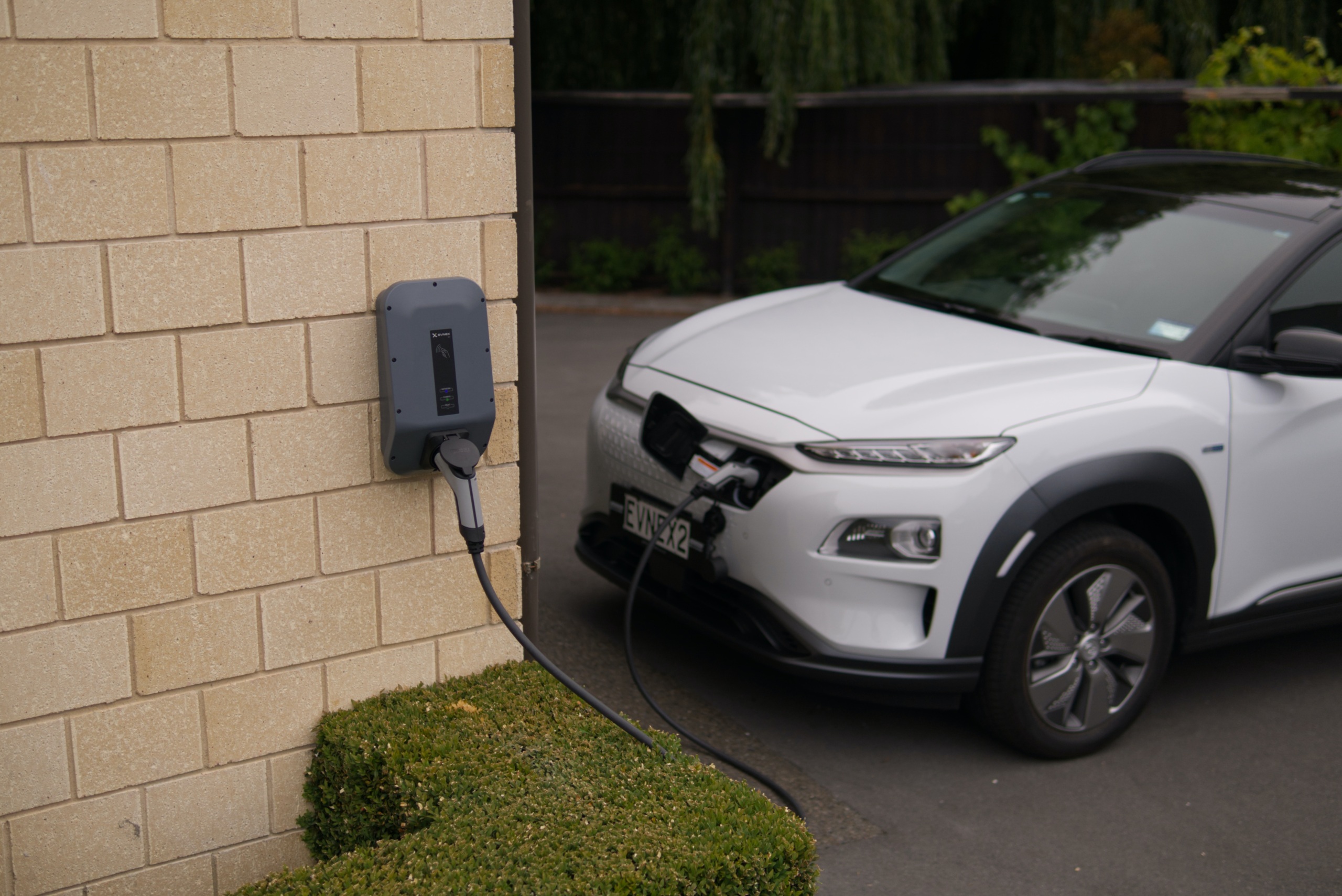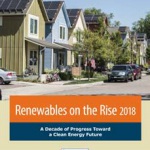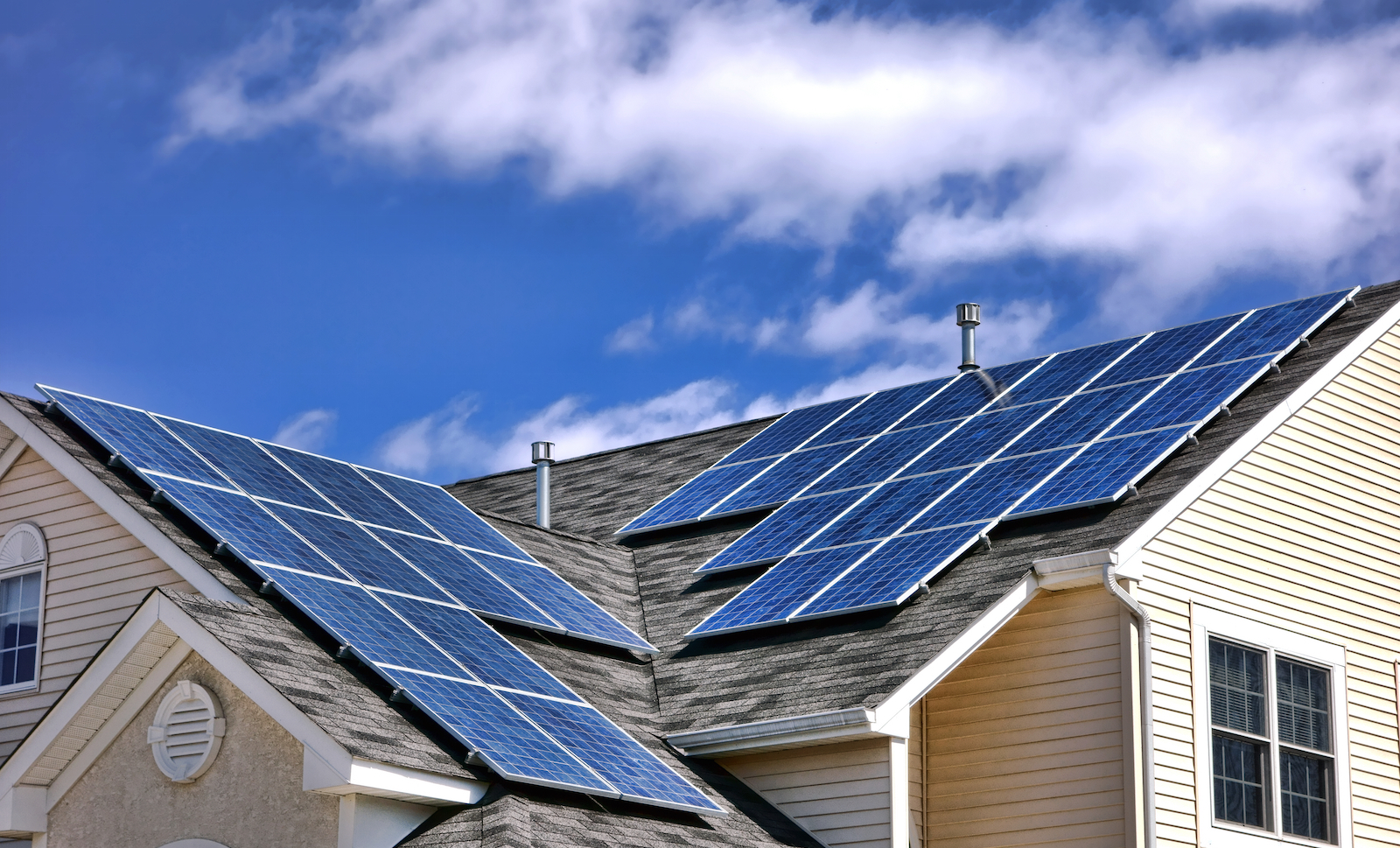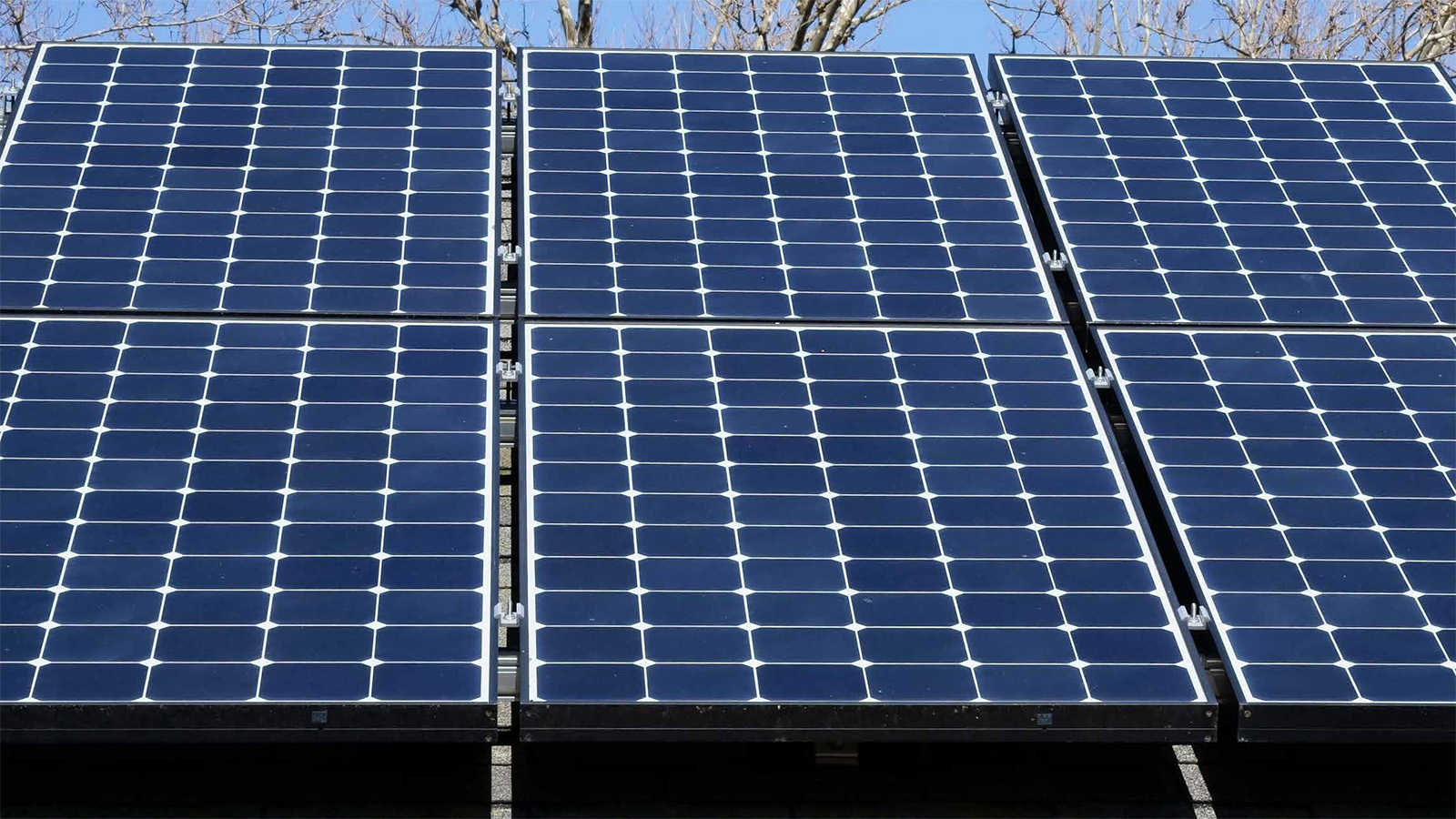
Renewables on the Rise
A Decade of Progress Toward a Clean Energy Future
Clean energy is sweeping across America and is poised for further dramatic growth in the years ahead.
Wind turbines and solar panels were novelties 10 years ago; today, they are everyday parts of America’s energy landscape. Energy-saving LED light bulbs cost $40 apiece as recently as 2010; today, they cost a few dollars at the local hardware store. Electric cars and the use of batteries to store excess electricity on the grid seemed like far-off solutions just a few years ago; now, they are breaking through into the mass market.
For Immediate Release

Clean energy is sweeping across America and is poised for further dramatic growth in the years ahead.
Wind turbines and solar panels were novelties 10 years ago; today, they are everyday parts of America’s energy landscape. Energy-saving LED light bulbs cost $40 apiece as recently as 2010; today, they cost a few dollars at the local hardware store. Electric cars and the use of batteries to store excess electricity on the grid seemed like far-off solutions just a few years ago; now, they are breaking through into the mass market.
Virtually every day, there are new developments that increase our ability to produce renewable energy, use energy more efficiently, and use clean energy technologies to meet a wider range of energy needs – bringing us closer to a future in which we can power our economy with clean, renewable energy.
America produces nearly six times as much renewable electricity from the sun and the wind as it did in 2008, and in March 2017, for the first time ever, wind and solar produced 10 percent of America’s electricity. At the same time, the average American uses nearly 8 percent less energy than a decade ago, due in great part to improvements in energy efficiency.
The last decade has proven that clean energy technology can power American homes, businesses and industry – and has left America poised to accelerate its shift away from fossil fuels. With renewable energy prices falling and new energy-saving technologies coming on line every day, America should work to obtain 100 percent of our energy from clean, renewable sources.
The last decade has seen explosive growth in the key technologies needed to power America with clean, renewable energy.
- Solar energy: In 2017, America produced 39 times as much solar power as it did in 2008, and by the end of the first quarter of 2018, America had enough solar capacity to power more than 10 million homes. In 2008, on-site and rooftop solar combined with utility-scale solar power plants produced 0.05 percent of U.S. electricity; in 2017, they produced 2.1 percent of America’s power.
- Wind energy: America produces 4.6 times as much wind power as it did in 2008, enough to power 24 million homes. In 2008, wind turbines produced 1.5 percent of the nation’s electricity; in 2017, they produced 6.9 percent of America’s power.
- Energy efficiency: Despite a population that has grown by more than 20 million, America uses 1.1 percent less energy than in 2008, in great part due to more energy efficient lighting, appliances and cars. The average American uses 7.7 percent less energy than in 2008, and the nation’s energy consumption per unit of GDP has fallen by 14 percent.
- Electric vehicles: Building an economy reliant on clean, renewable energy means ending the use of fossil fuels for all activities, including transportation. Over the last decade, 395,000 electric vehicles (EVs) have been sold, passing 100,000 annual sales for the first time in 2017. Electric vehicle sales surged by 24 percent in 2017, fueled by lower prices, better performance and a range of attractive and affordable new vehicle models. In the first three months of 2018, electric vehicle sales were up an additional 35 percent over 2017.
- Battery storage: Expanding the ability to store electricity can help the nation take full advantage of its vast potential for clean, renewable energy. Utility-scale battery energy storage capacity in the U.S. grew 17-fold from 2008 to 2017 (in megawatts), adding half of its total capacity in 2016 and 2017. The recent introduction of home electricity storage systems produced by companies like Tesla and LG Chem could set the stage for further growth in the years to come.
Clean energy leadership is not concentrated in one part of the country. Rather, it is distributed across the United States, in states with different economic and demographic makeups, driven in part by the adoption of strong public policies.
- Solar energy: California, Arizona, North Carolina, Nevada and Texas saw the greatest total increases in solar energy generation from 2008 to 2017. California’s landmark “Million Solar Roofs” program, which accelerated the state’s solar industry in the mid-2000s, along with its strong renewable electricity standard and other policies, helped to trigger the dramatic rise of solar power there.
- Wind energy: Texas, Oklahoma, Kansas, Iowa and North Dakota saw the greatest total increases in wind energy generation from 2008 to 2017. Texas’ policies to upgrade its grid to accommodate more wind power from rural west Texas played an important role in the boom.
- Energy efficiency: Massachusetts, Rhode Island, Illinois, Michigan and Washington saw the greatest increases in the share of electricity saved through efficiency measures, according to the American Council for an Energy-Efficient Economy. In 2016, Massachusetts and Rhode Island implemented efficiency measures that saved the equivalent of 3 percent of statewide electricity consumption over the previous year.
- Electric vehicles: California, Hawaii, Washington, Georgia and Oregon have seen the most battery electric vehicles sold since 2008, as a percentage of in-state vehicles. Four of the top 10 states for EV sales require that a certain percentage of each automakers’ sales be zero-emission vehicles, including California, which is home to nearly half of the nation’s electric vehicles.
- Battery storage: California, Illinois, Texas, West Virginia and Ohio led the nation in additions to utility-scale battery energy storage since 2008. Nine of the 10 states that added the most battery storage capacity had zero utility-scale battery capacity in 2008.
Rapid improvements in technology and plummeting prices for clean energy suggest that America has only begun to tap its vast clean energy potential.
- Nearly every segment of the clean energy market is seeing rapid price declines, and the unsubsidized costs of utility-scale wind and solar energy have fallen to levels that are “cost-competitive with conventional generation technologies under some scenarios” even before accounting for environmental and social benefits, according to the financial firm Lazard’s most recent levelized cost of energy survey. From 2009 to 2017, the levelized cost of energy from wind and utility-scale solar fell by 67 percent and 86 percent, respectively.
- Experts predict that prices will continue to fall. A 2016 survey of wind energy experts by the National Renewable Energy Laboratory found that the global price of wind power is expected to fall 24-30 percent by 2030 and 35-41 percent by 2050. Bloomberg New Energy Finance predicts that “[b]y 2025, solar may be cheaper than using coal on average globally,” even excluding the costs coal use imposes on public health and the environment.
- Technology advances are also making renewable energy technologies more efficient and effective. In 2007, the highest-capacity wind turbine in the world was 6 MW, with only one such test prototype actually in operation. Today, an entire wind farm of 8 MW turbines is generating electricity off the coast of England. According to Ørsted, that company that led the project, a single revolution of the blades on just one turbine can power a home for 29 hours. The average rooftop solar panel installed in 2016 was 25 percent more efficient than in 2008.
- Advanced new products are also helping to reduce energy consumption. Smart, internet-connected appliances and climate control systems, for example, can reduce energy consumption and peak grid demand by enabling users to control equipment remotely or shift its operation to off-peak hours. U.S. smart appliance revenue grew more than eight-fold from 2011 to 2016, from $105 million to $887 million.
The U.S. should work toward meeting all of its energy needs – for electricity, transportation and industry – with clean, renewable energy.
- Repowering America with clean, renewable energy is a key strategy in phasing out carbon pollution by 2050 – a necessary step to prevent the worst impacts of global warming. Transitioning to clean, renewable energy will also improve our health by preventing hazardous air pollution and eliminating the hazards of extracting, transporting and processing fossil fuels.
- America’s renewable energy resources are sufficient to power the nation several times over. The technologies needed to harness and apply renewable energy are advancing rapidly. And researchers from a wide variety of academic and governmental institutions have developed a variety of scenarios suggesting renewable energy can meet all or nearly all of our society’s needs.
- Between 2008 and 2017, U.S. wind and solar generation grew at an annual rate of 22 percent. If generation were to grow by 14 percent per year, or about two thirds of the past decade’s growth rate, wind and solar would produce enough electricity to meet all of our current electricity needs by 2035.
- To accelerate progress, a growing number of businesses, institutions of higher learning, local governments and states are adopting 100 percent renewable energy targets and goals. In 2015, Hawaii became the first state in the country to set a 100 percent renewable energy requirement for its electricity sector, doing so through its renewable energy standard. According to the Sierra Club, 65 cities have committed to 100 percent renewable energy, and another six cities have already achieved it. The organization RE100 has chronicled 100 percent renewable energy commitments from 131 companies, including Bank of America, Google and Anheuser-Busch InBev. And many college and university campuses already get 100 percent of their electricity from clean energy sources.
America has already made incredible progress toward getting its energy from clean, renewable sources. Policymakers at all levels should adopt policies aimed at repowering America with clean, renewable energy.
Topics
Find Out More


Solar panels: How federal tax credits can help you pay for them

Recording of Rooftop Solar on the Rise webinar


